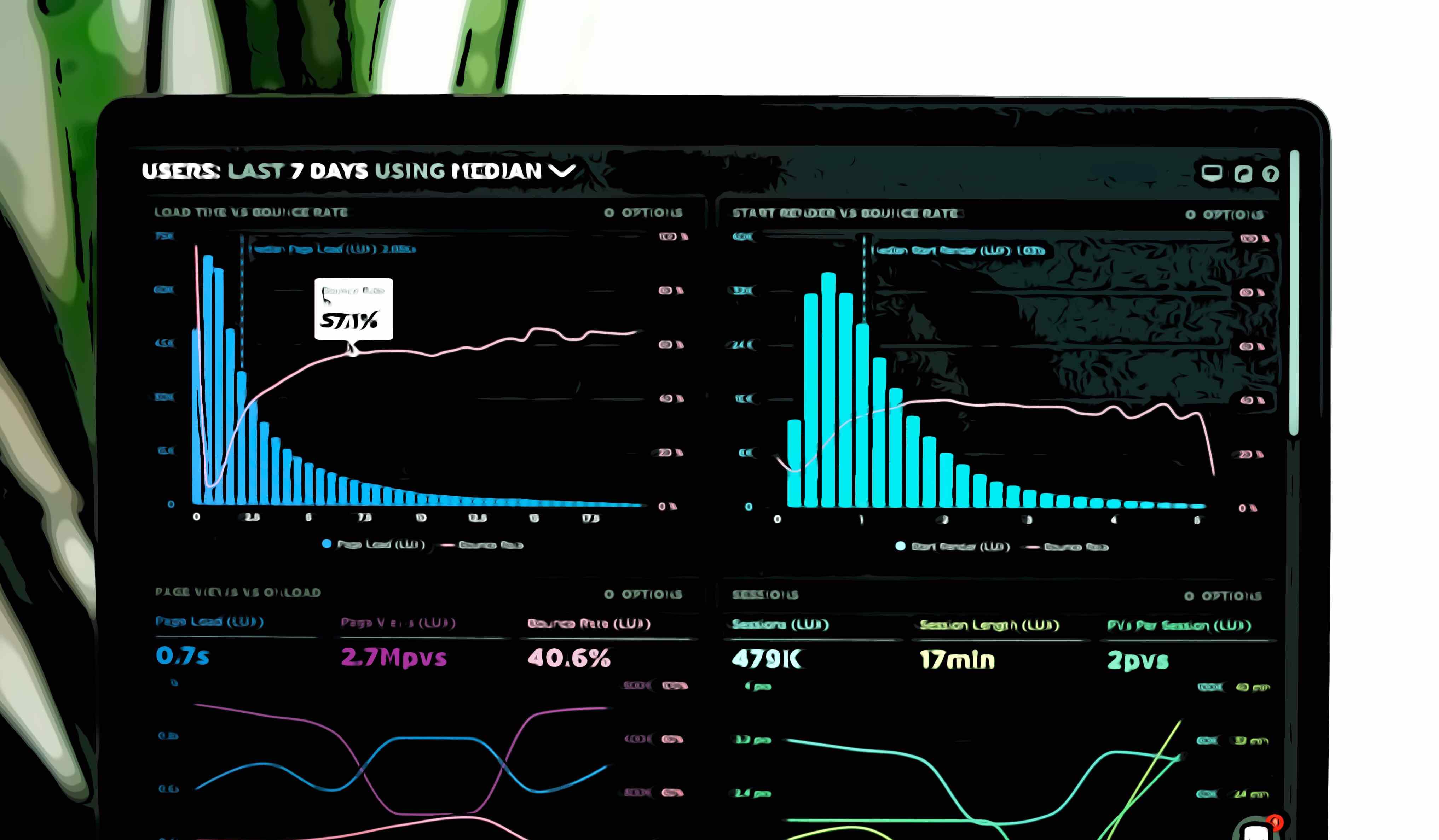Any modern marketer knows that data is a fundamental element of any successful content marketing strategy. Audience-generated data is a powerful tool in the marketer’s arsenal.
The amount of data that is generated around audiences and how they behave, both online and offline, has snowballed in the past few years. Over 90% of data collected was collected in the last two years.
This extends to the data collected around content consumption. Prospects and customers are providing this data. This is where the marketer must turn the data based insights into an effective content marketing strategy.
A content marketing strategy involves constant iteration, testing, and measurement. Big data is an essential part of this method. It can help you to uncover new insights, find new audiences.
It drives content personalization and helps you to boost conversions. Ultimately it will allow you to become a predictive content marketer. Here’s how:
Understand your audience, get better insights
Let’s take it back to basics – a clear understanding of your audience means a more effective content marketing strategy. Data is a powerful method to provide this understanding.
These datasets help marketers to learn about their audience and interpret what kind of content is most likely to produce the desired results. Content shouldn’t be produced without the prerequisite data-driven insights.
This is where a data strategy will help to identify audiences and will provide considerable improvements to your content marketing KPIs.
Using data to identify audiences
To help understand which datasets can help with your content marketing strategy, we have split them into three categories:
First party data
This term is used to describe data that is collected internally by your company or organization. For content marketers, this is usually generated from marketing activity (such as email campaigns) or web analytics.
Web analytics data is usually generated by Google Analytics, and it’s one of the most powerful tools for content marketers to generate powerful first-party data.
First party data is integral to understanding how your audience behaves when interacting with your content, or any other touchpoint.
Every time your audience interacts with your company, data is generated. This is useful information for content marketers and can be used to further your audience understanding.
Look beyond the headline stats and first-party data can help you to understand where your audience is. Key metrics such as time spent per page or pages per session can help you to build a much clearer picture of your audiences.
The first step in any data-driven content marketing strategy is to make use of the first party data at your disposal.
Social data
Social data is a fundamental part of any successful content marketing strategy. It allows marketers to understand the topics and content that is engaging audiences.
The amounts of data involved might be daunting at first, but some tools can help you to qualify this data and turn it into actionable audience insights.
That doesn’t mean that you can’t be successful with a more manual approach. Start by identifying the brands in your niche that are generating high levels of engagement. USe these profiles to identify attributes that group these audiences.
Other data sets
Understanding audiences don’t stop with these datasets. Numerous third-party data sets can boost your content marketing strategy. The tricky part is identifying the ones that are the right fit for your business.
Some tools provide data that allows you to identify other sites in your niche. They even provide detailed information on engagement and traffic.
Other methods include data generated from audience surveys to build more detailed audience personas. Larger data sets can provide even more specific insights based on behavioral information. These allow you to identify new audiences that will engage and convert.
Data-driven insights are different for each company. Make sure to utilize a wide range of data sources to understand your current audiences and build lookalikes.
Using data to boost personalization and conversion
Once you have targeted your audience, you’re faced with new challenges. How do you ensure that your audience sees your content, and how do you make sure that they engage with it? Luckily data is here to help.
CRO hacks will help you to boost conversions, but big data will help to drive lasting results and increase personalization for your audience.
The most successful content marketers are using data to adapt content delivery. They are utilizing audience insights to personalize the content that generates better leads and improves conversion rates.
In this area, there are three main ways that data can assist:
Using data to perfect delivery of content
Data makes content personalization possible. This drives conversion and engagement. CReating a personalized content marketing strategy is a surefire way to increase your ROI.
Perhaps your audience consumes your new content by email newsletter. Providing personalization at this stage will help you to improve your KPIs and make sure that you meet your goals.
In this case, it means using data-driven insights to segment your audience. Behavioral data can ensure that the right audience segment receives new content when they are most likely to engage.
Dynamic content with data
The better that you get with data, the more value your audience will get from your content. Data allows you to personalize the content for different segments. This is a powerful way to drive personalization and boost content marketing results.
This could start with a simple content recommendation. Content suggestions once a user has finished reading a piece of content are a perfect place to begin with data-driven personalization.
BY combining user demographic with behavioral data, such as browsing history, you can recommend content that is more likely to interest the reader.
You could go one step further and create completely customized content based on audience data. Using search data, you can identify the search terms that were used before visiting your site.
This information facilitates highly personalized content for the user. You can change your content or the way that it is presented based on previous site activity or if they have landed on your site from a specific search query.
Using data to boost conversions
COmbining site generated data with other kinds of demographic data can help identify where a user is on the conversion journey. Bring data into this process is an integral part of any content marketing strategy.
This helps you to visualize and identify the places where conversion occurs. You can understand where you are losing users.
Bringing the right content to the right user, depending on the point in the funnel they are at is a powerful way to boost conversions. Collect data at each stage to build sophisticated profiles of what each user looks like at each step of the conversion journey.
This data can even be used to identify users that are ready to convert, and you can deliver them the right content that will close the deal!
Predictive content using data
Data should be used when planning content. Predicting which trends in your niche will be influential is an efficient way to boost your content marketing success.
Start by collecting data from your site and your competitor’s sites in your niche. It’s helpful to have this data in one place – tools like Ahrefs and Buzzsumo are great for this.
Your first party data is valuable when planning future content. Understanding how your audience behaves is a powerful way to inform your planning.
For example, focusing in on drop off rates at each stage of the content funnel can help to inform future pieces of content that are designed to move your audience along the marketing journey.
This could feel like trial and error – but every time you generate data around audience interaction, you are improving your content marketing strategy.


